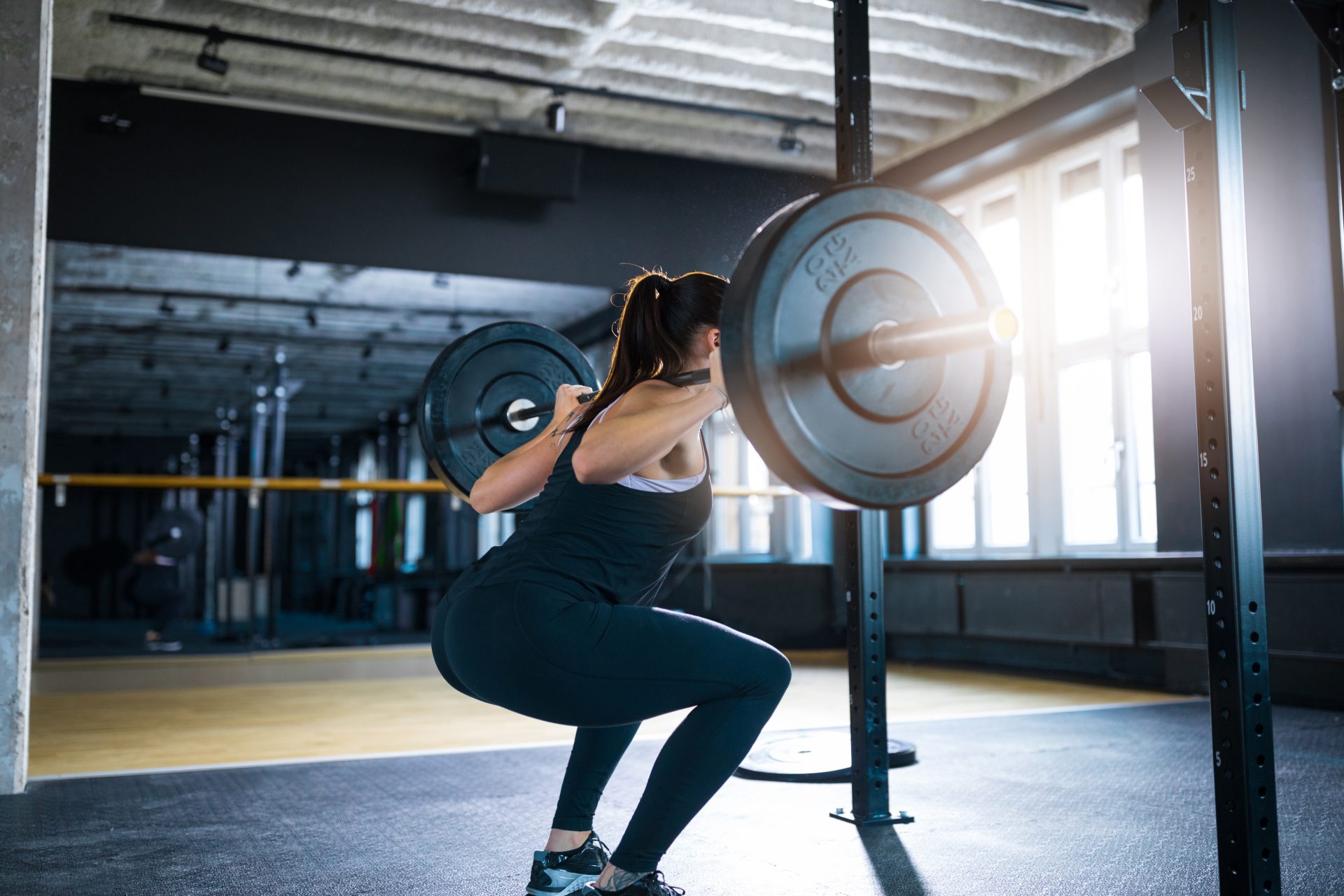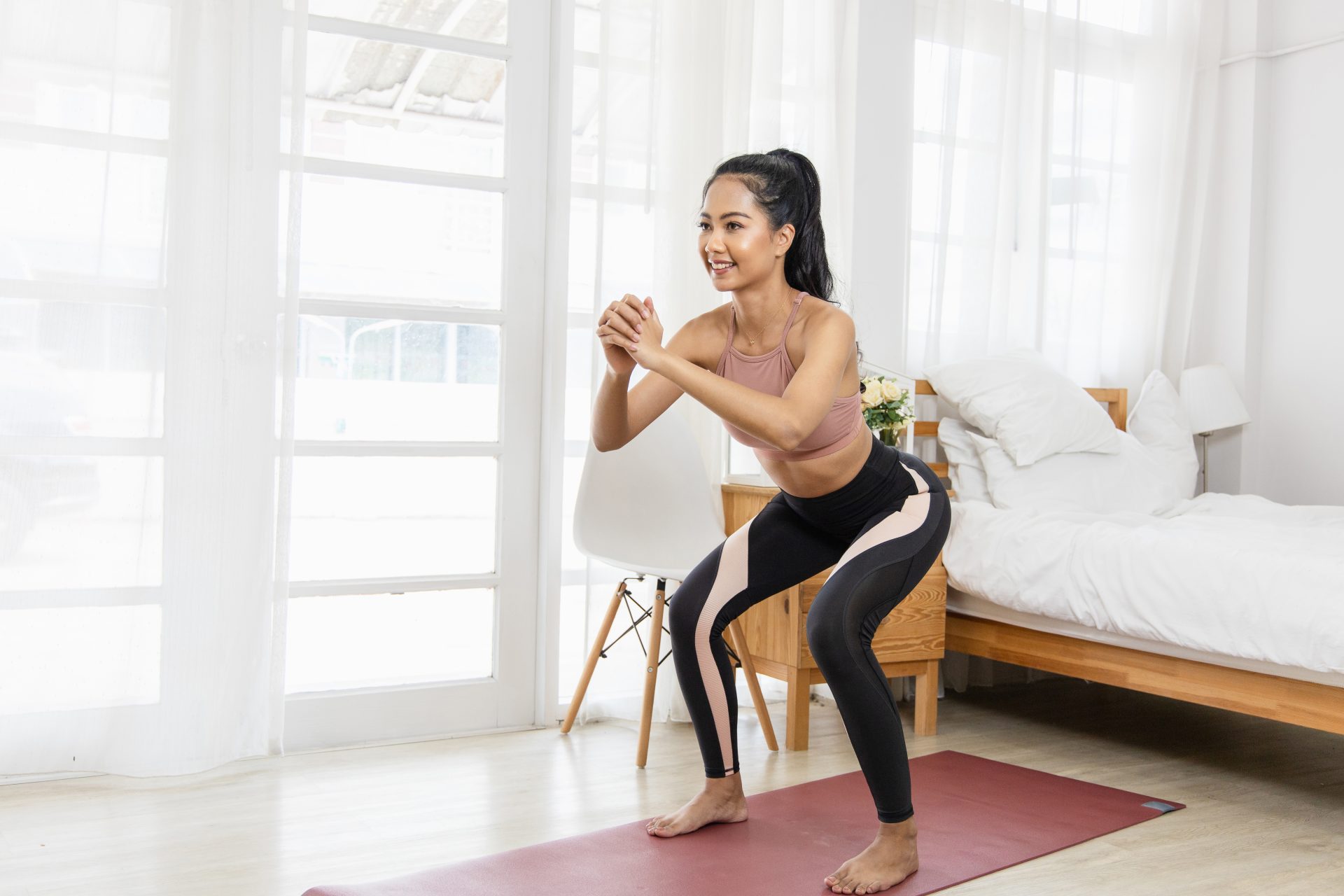Are squats really the best exercise for *everyone*?
We all squat in daily life, but not everyone is made to squat in the gym.
The squat is often dubbed the greatest exercise. It’s credited with building complete lower-body strength and mobility to the point that you’d be hard-pressed to find a workout routine without a squat in it.
And yet, so many people struggle with the move. Whether it’s complaining about how deep they can squat, experiencing discomfort or pain during the exercise or struggling to lift heavier, many people can’t seem to get on with it.
You may also like
Squat corrections: how to improve your squatting form to get rid of discomfort and pains
Why do so many people struggle with something that’s apparently a natural instinct? Well, while some argue that we might all be made to squat, we aren’t all designed to squat as we know it in the gym. “We all squat as part of daily living,” says Bryna Chrismas, exercise psychologist and associate professor at Qatar University in exercise science. “When I stand up from a chair or sit on the floor to play with my cats, I’m squatting. But it’s actually a very complex movement.”
Not only does it use around 200 muscles to perform a squat (that’s around a third of all the muscles in your body), it also requires triple extension: that means you’re bending through three joints – your hips, knees and ankles – at once. And when you look atchrist the guidelines of how to do a squat, there’s a lot to think about. “Where’s the knee placement? Where’s the foot placement? What’s your spine doing? Where do you need to put your head? Have you got weights that you need to control?” asks Chrismas. We’re exhausted just thinking about it.

Why do so many people struggle to squat?
Firstly, we only see squatting as something that we do at the gym. “There’s a perception of a squat being something you do in CrossFit with a barbell on your back. We can feel pressured to do it in the same way that everyone else does, with your feet in a certain position and your body moving in a certain pattern,” says Chrismas.
But the truth is that all of our bodies are set up differently. What works for one person won’t work for another. And constantly trying to force our body into a classic bodybuilding-style squat isn’t ever the answer: “Take, for instance, runners. They’re usually quite bad at squatting because their ankles are tight. That’s a good thing – runners need stiffer ankles in order to stabilise when they run – but it might mean that they can’t get ‘ass to grass’ in their squats. Yet, runners are probably quite good at jump squats or half squats – that’s still squatting, but we don’t frame it that way,” Chrismas explains.
You may also like
Squat depth: how deep should you squat to build muscle?
Genetics is also a huge factor – your squats can be impacted by the width of your pelvis or your natural mobility. And let’s pay some respect to the complex movement, too: traditional gym-based squatting requires a long process of perfection. “If you’ve never grown up squatting you probably won’t have the ingrained mobility and strength that yogis or long-time lifters do,” Chrismas explains. “You might be very good at deadlifts or bench press, but unless you’ve learned the squat specifically you will take time to come to it.”
Does everyone need to squat?
Able-bodied, mobile people do need to be able to move all three joints and be able to lower into a chair and to the ground to get comfortably through life. But these squat-like movements aren’t ever performed in a perfectly straight line. Think about it: when you squat at the gym, you go up and down with a well-balanced weight. When you squat in real life, you move through all sorts of postures and patterns to get into position. Building general strength to support these movements is important. Having the perfect gym squat, less so.
You may also like
Should you squeeze your glutes at the top of exercises like squats and deadlifts?
“The squat is a great movement in terms of developing quadricep strength. But if you’re struggling, you could just use a leg press or a leg extension that works the same muscle. When we go below parallel, we start to use our glutes and hips a bit more. If your aim is to build your glutes, I’d simply say use a different exercise that’s better designed to target those muscles,” says Chrismas.
How to improve your squat
If you have a specific goal that means you need to improve your squat – for example, you’re part of a CrossFit team or taking up powerlifting – or you just love the exercise and want to improve, there are some ways to do so.
Film it
The simplest way to find out what you need is to take it back to bodyweight and use an app, such as Hudl or Dartfish, that you can film and then analyse your squat, says Chrismas. “There are loads of apps now that can monitor the position of your spine, measure the angle of your joints and track your trunk rotation. It will help you understand where you’re struggling so you can adapt the exercise,” she says.
Listen to your body
More importantly than technology, though, is the need to tune into your body. Christmas explains: “Our bodies are incredible. Your body will be telling you what it can and cannot do. If you feel it’s a little more comfortable with your feet wider apart, do it. If your knees go over your toes, that’s probably your mechanics.”

Avoid the smith machine
“A lot of people gravitate towards using a smith machine because they feel safer and more confident on it. But it can reinforce poor technique and poor movement while encouraging people to add more weight onto the bar as they change our centre of gravity and take a lot of the load from us,” says Chrismas.
Keep your knees wide
How far forward your knees go is irrelevant but keeping them wide is essential. “Do make sure your knees are going outwards – you don’t want to be collapsing in at the knees, especially if you’ve had any ACL problems,” she says.
Forget about depth
“Stop wherever it is that you start leaning forward. It doesn’t matter if you’re at a half squat or parallel,” Chrismas reminds us
The most important thing is that you find the variation that works for you and train according to your goals and enjoyment. Hating squats might not be a problem after all.
Images: Pexels / Getty
Source: Read Full Article


